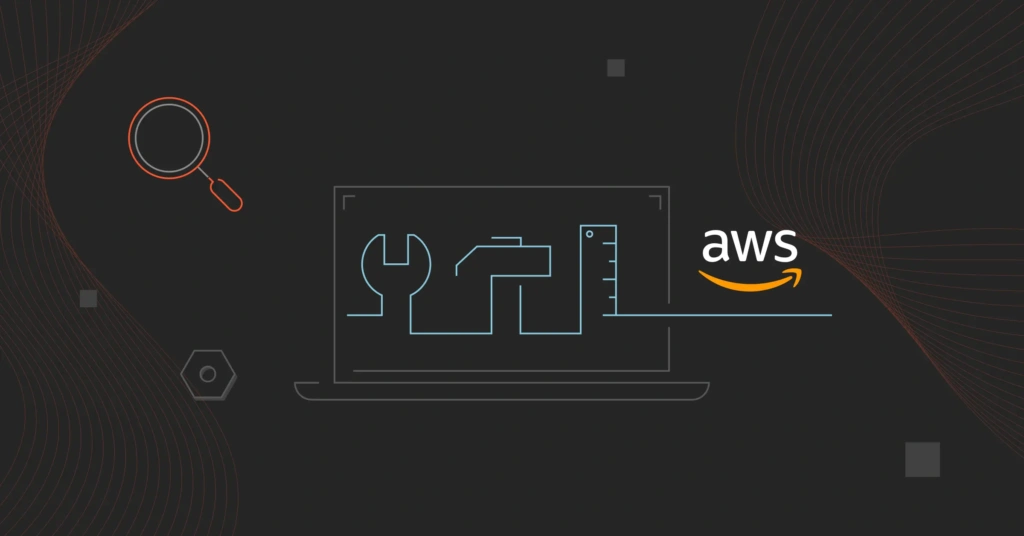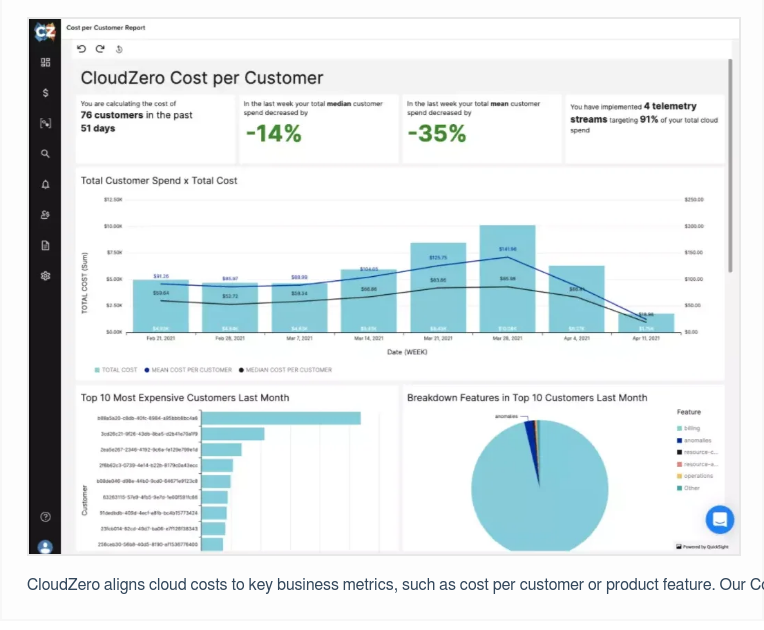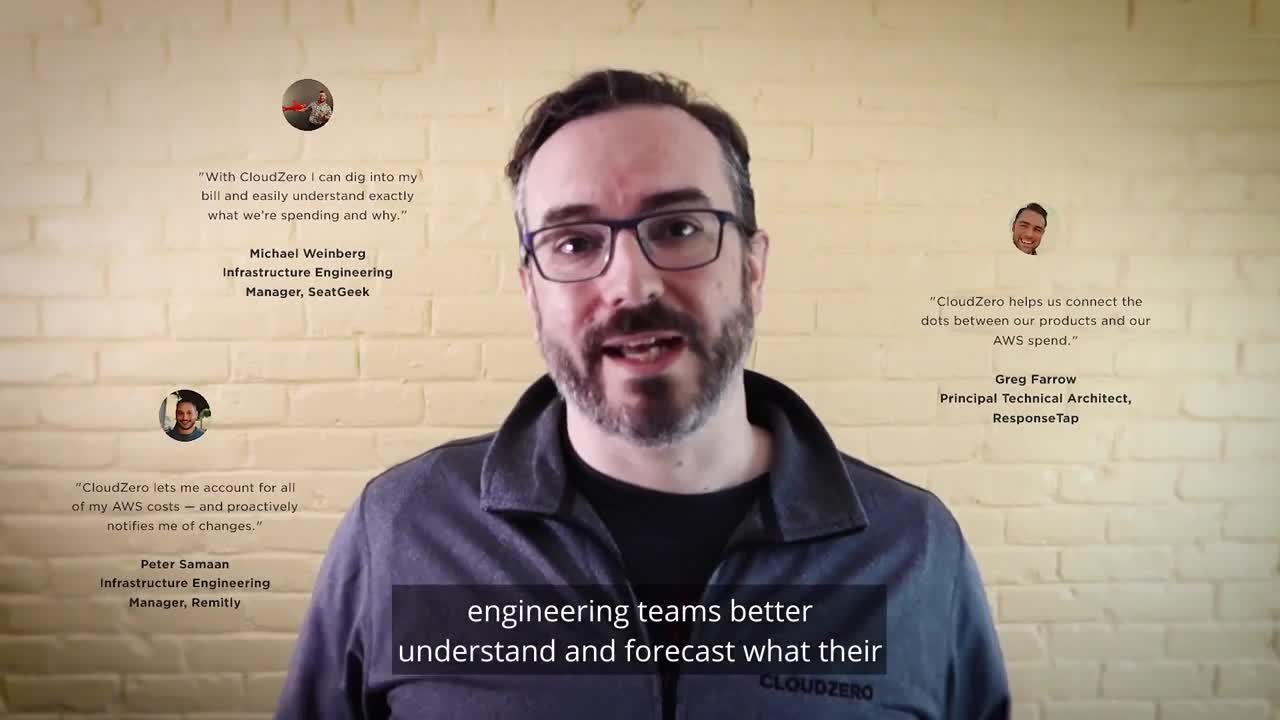Organizations of all sizes can take advantage of Amazon Web Service’s cloud computing. AWS provides low-cost cloud storage, nearly unlimited compute resources, and secure remote computing services. Still, many users find AWS confusing.
Companies often struggle to understand AWS billing. Aligning cloud spend to actual operational activities for cost allocation is next to impossible. AWS also limits the amount of compute resources you can use based on your location. Many users may also struggle to reign in costs with Auto Scaling activated.
To run your AWS cloud without costly mistakes, you’ll want to use robust management tools. Now, AWS-native cloud management tools are a good place to start. But if you want better control and oversight over the public cloud, consider more advanced AWS cloud management solutions.
We have categorized a dozen of the best cloud management tools for the critical aspects of cloud computing below.
Table Of Contents
AWS Cost Optimization Tools
Competitive organizations treat cost as a first-class metric. Cost-conscious engineering teams create cost-effective solutions that can reduce operating costs for both the company and its customers. They can then offer competitive pricing and have sufficient funds for sales and marketing campaigns to attract more customers.
1. CloudZero
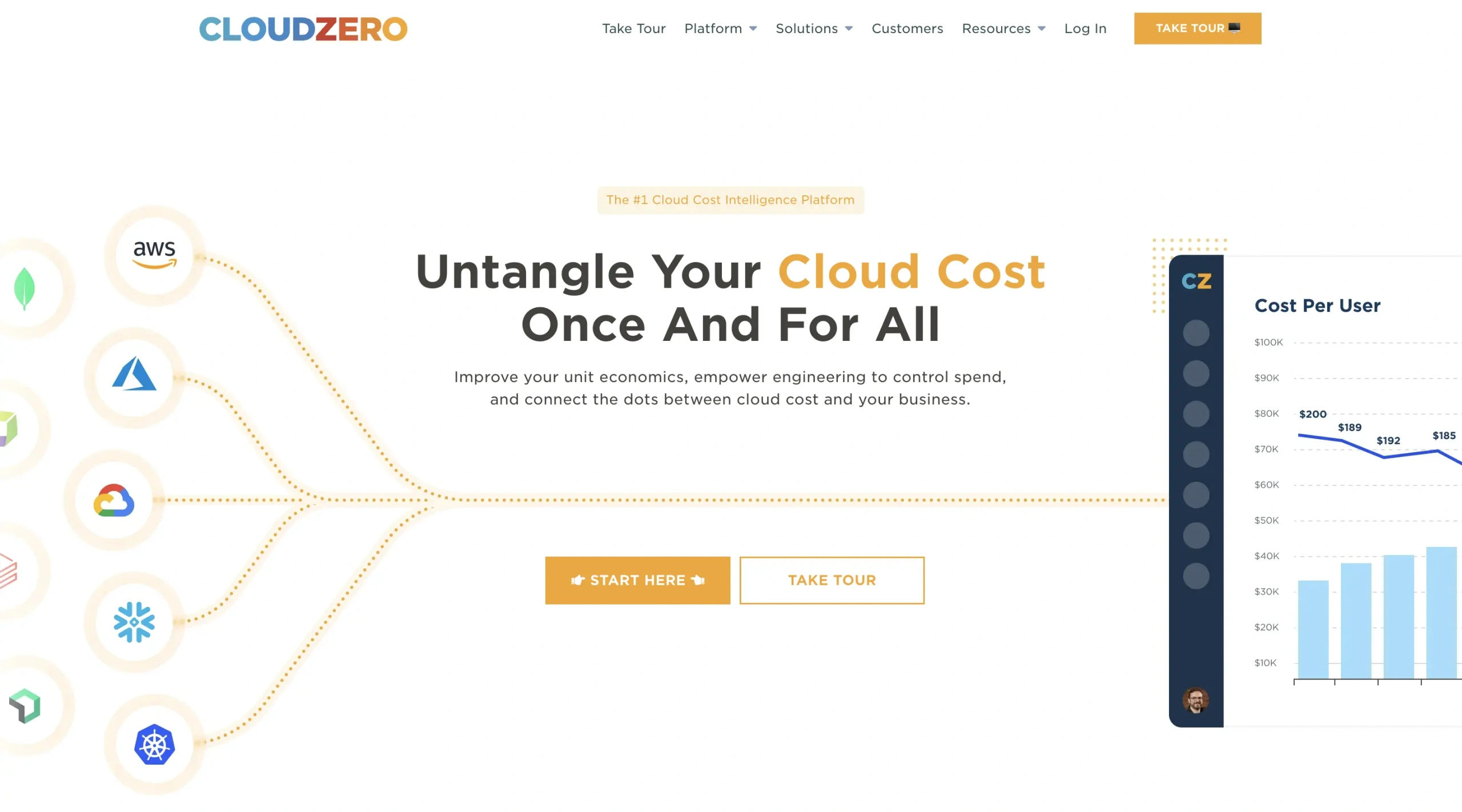
CloudZero helps companies of all sizes optimize cloud costs without sacrificing innovation. Engineering and DevOps teams love CloudZero because it enables them to see how their engineering actions affect costs, so they can improve customer experiences without exceeding budgets.
With CloudZero, finance teams can easily understand unit costs to inform business decisions — like how to price different tiers or which features to include in each tier. They can also tell what and who is driving their cloud spend and why. Unlike most cloud cost management tools, CloudZero translates cloud metrics into actionable cost insights that connect to your daily business activities.
For instance, CloudZero provides both high-level and granular cost data, such as average cost per customer and cost per customer, respectively.
CloudZero is able to collect, enrich, and report accurate cost insights for tagged, untagged, and untaggable resources, even if your AWS tags aren’t perfect. Also, you can use it to improve cost visibility across shared and multitenant architecture — not to mention Kubernetes.
CloudZero also offers AWS cost anomaly detection and alerting. The service sends abnormal cost metrics to your most qualified staff, so they can address code issues to prevent overspending.
With CloudZero:
- Drift cut its annual cloud bill by $2.4 million
- Validity now spends 90% less time managing its cloud costs
Schedule a demo today to learn how CloudZero organizes cost metrics into actionable business insights.
2. Amazon CloudWatch
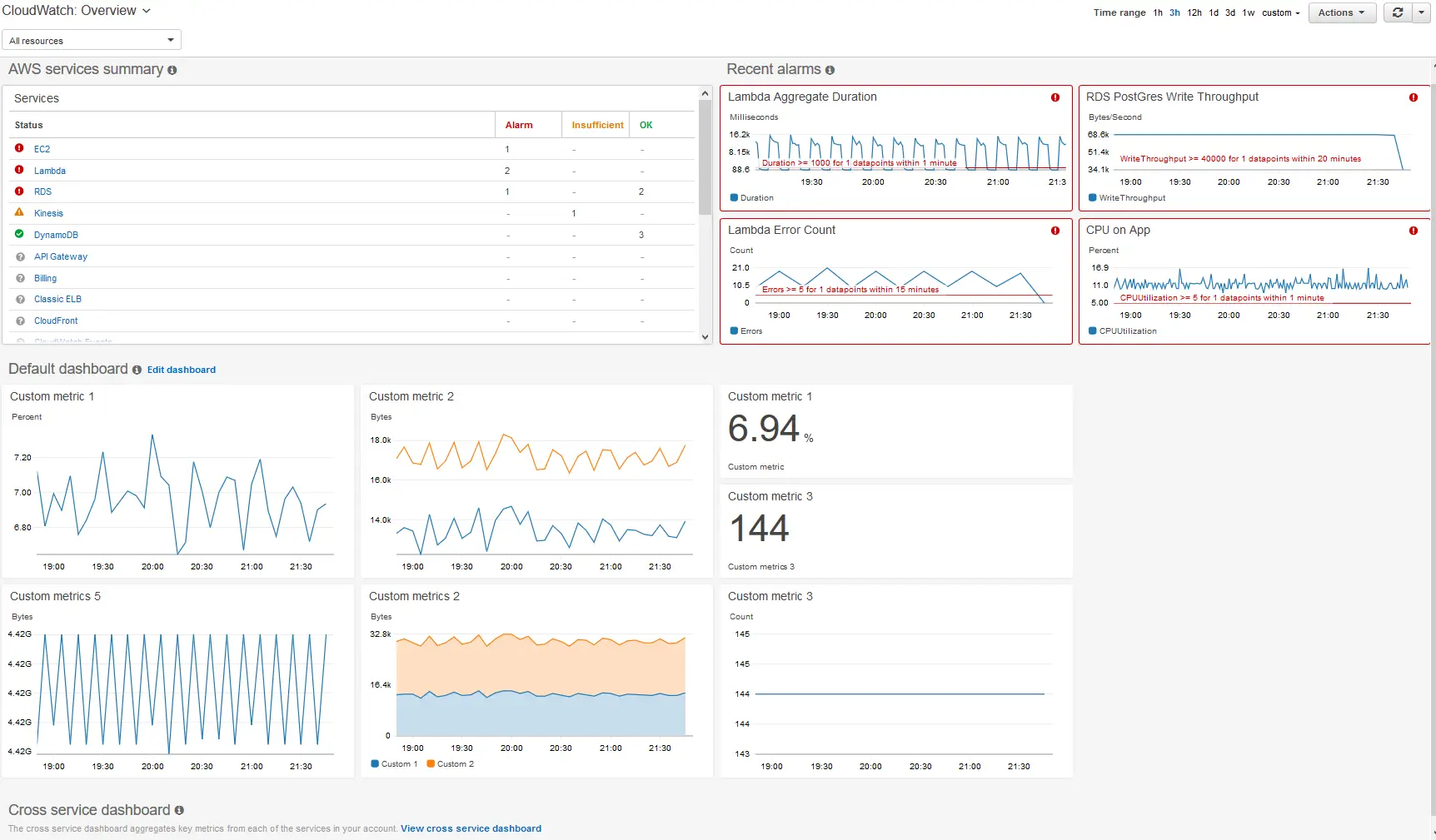
You can manage every service AWS offers by accessing it in AWS Management Console dashboard. You can then monitor AWS resources, such as EC2 instances, with CloudWatch to understand how you use them. Also, you can receive alerts about abnormal cost activity, monitor applications’ usage, and collect custom metrics.
AWS Security And Compliance Tools
Cloud computing security is vital for protecting customer data, business secrets, as well as application and infrastructure performance. Compliance serves as a framework for risk mitigation with controls for protecting the integrity and accessibility of data during processing, transmission, and storage.
AWS-native security tools include Amazon Identity and Access Management (IAM), AWS Config, AWS Security Hub, AWS CloudTrail, and AWS Shield. Here are two more advanced cloud security and compliance tools for AWS environments.
3. CloudHealth
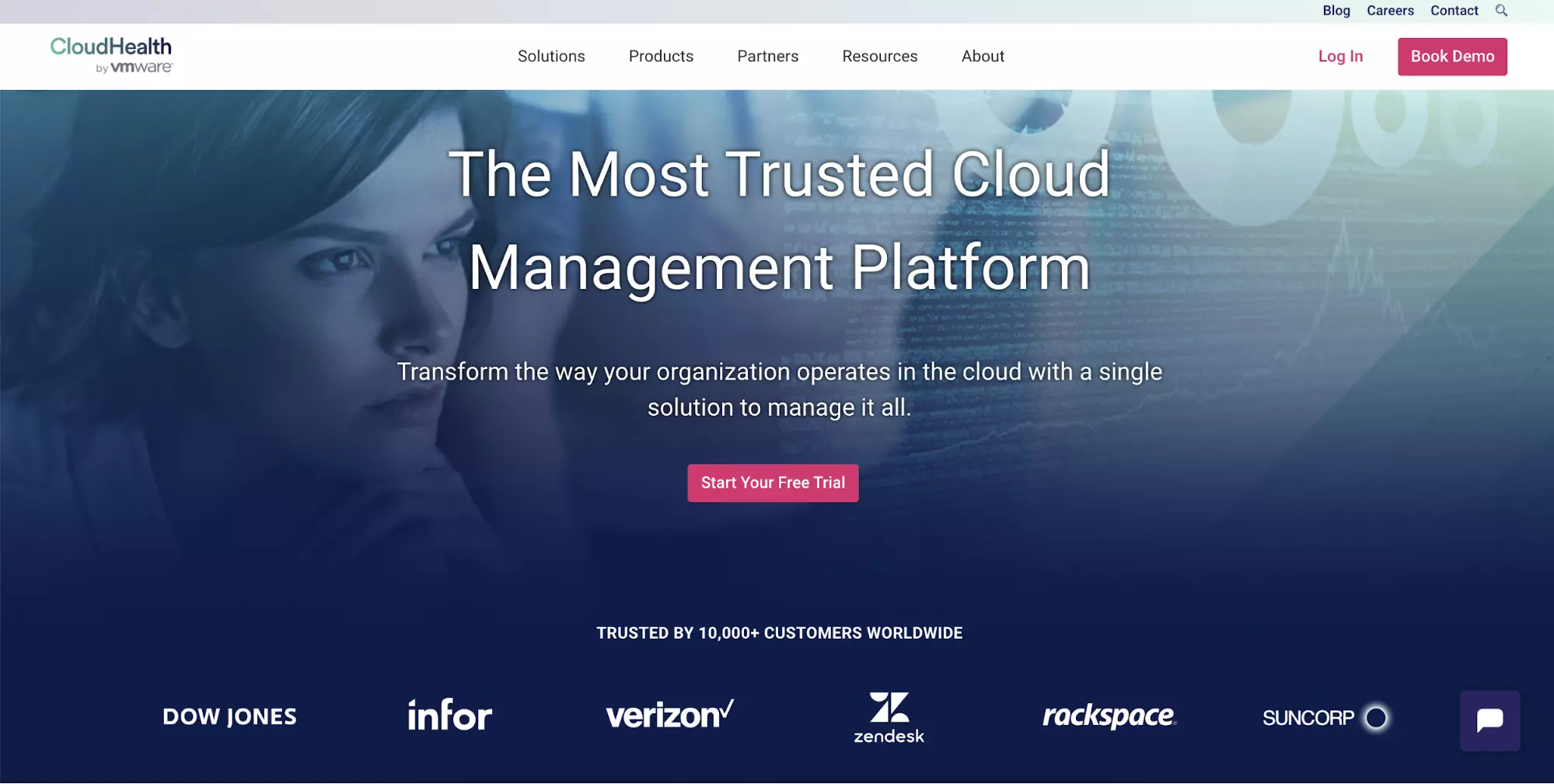
CloudHealth’s Cloud Security and Compliance service uses custom policies and rules to provide real-time security insights, even in multi-cloud environments. CloudHealth also offers visual context and quantitative risk scores, which can help prioritize responses to threats.
You can also receive security alerts and collaborate with distributed teams to resolve issues before they affect customer experience. CloudHealth’s continuous compliance reporting covers frameworks such as HIPPA, SOC 2, NIST, PCI, and CIS.
4. Dynatrace
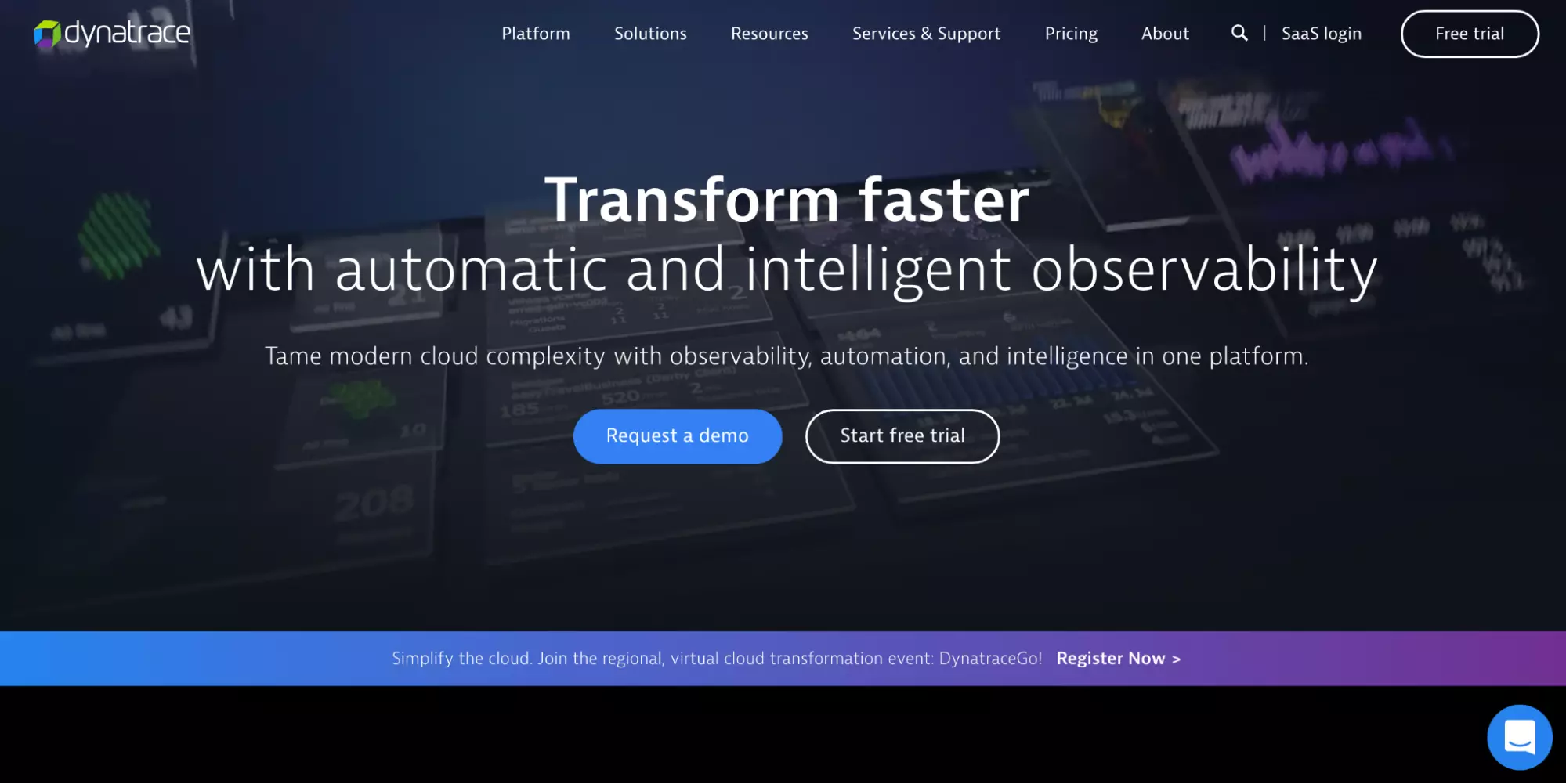
Dynatrace provides robust application security with its full-stack cloud management platform. It combines robust infrastructure, application, and automated runtime to detect vulnerabilities in your cloud environment.
Its root cause approach enables teams to detect, track, and remediate security issues in a Kubernetes environment. You can also aggregate security information in real-time across hybrid cloud, multi-cloud, and containerized environments.
Enterprise Cloud Governance On AWS
The goal of cloud governance is to enhance efficiency while minimizing risks in a cloud environment. When you are working with multiple cloud resources, teams, and technologies, basic cloud governance tools will break down.
That’s why you need an AWS cloud governance solution that can scale. Consider the following options.
5. SolarWinds
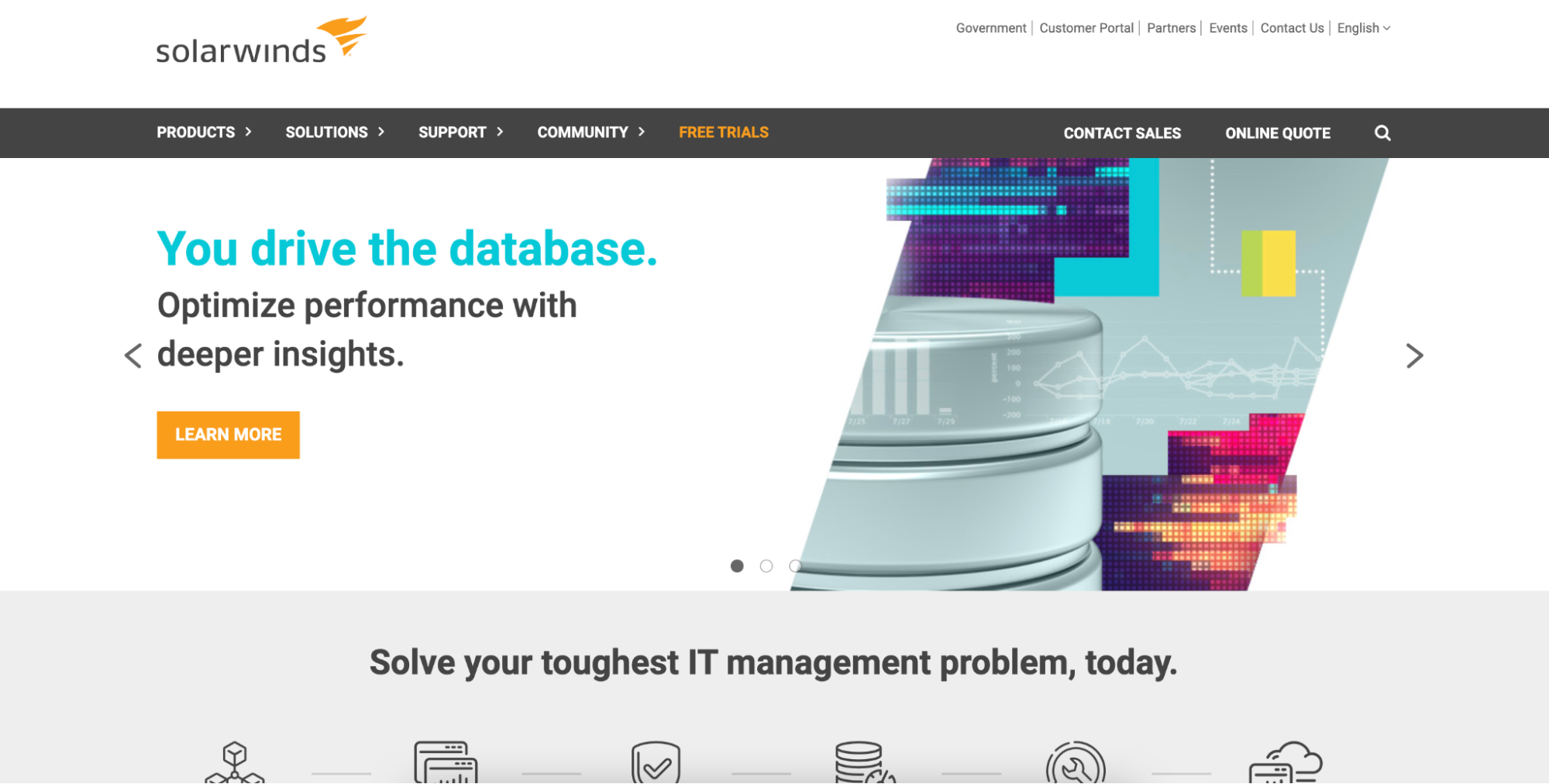
SolarWinds provides end-to-end cloud governance with a variety of tools for managing cloud environments. SolarWinds’ capabilities include application performance management, database management, and network performance monitoring.
It enables leaders to collect data across every area of their cloud and apply it to creating policies and controls that ensure high security, cost efficiency, and high performance.
6. CoreStack
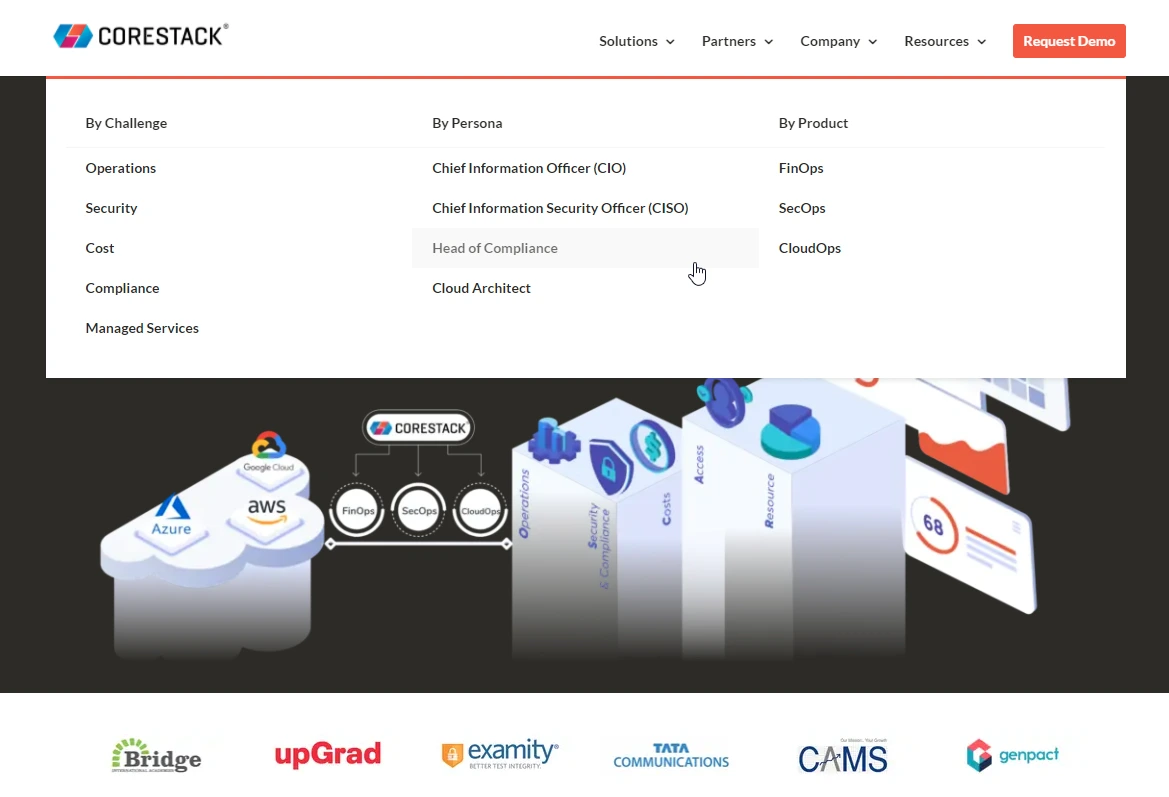
Enterprise-level organizations can harness the power of the cloud with CoreStack’s AI/ML-powered, Cloud-as-Code approach. Users can use it to plan and allocate resources, secure their environments, and achieve compliance. CoreStack provides its service across clouds in one pane of glass for easy governance if you’re considering multi-cloud computing.
Continuous Performance Optimization
Solutions in this category use AI and machine learning to iterate AWS environments. Optimizing resource usage, infrastructure processes, and application performance with minimal effort is usually the goal. The following options may be helpful.
7. Opsani
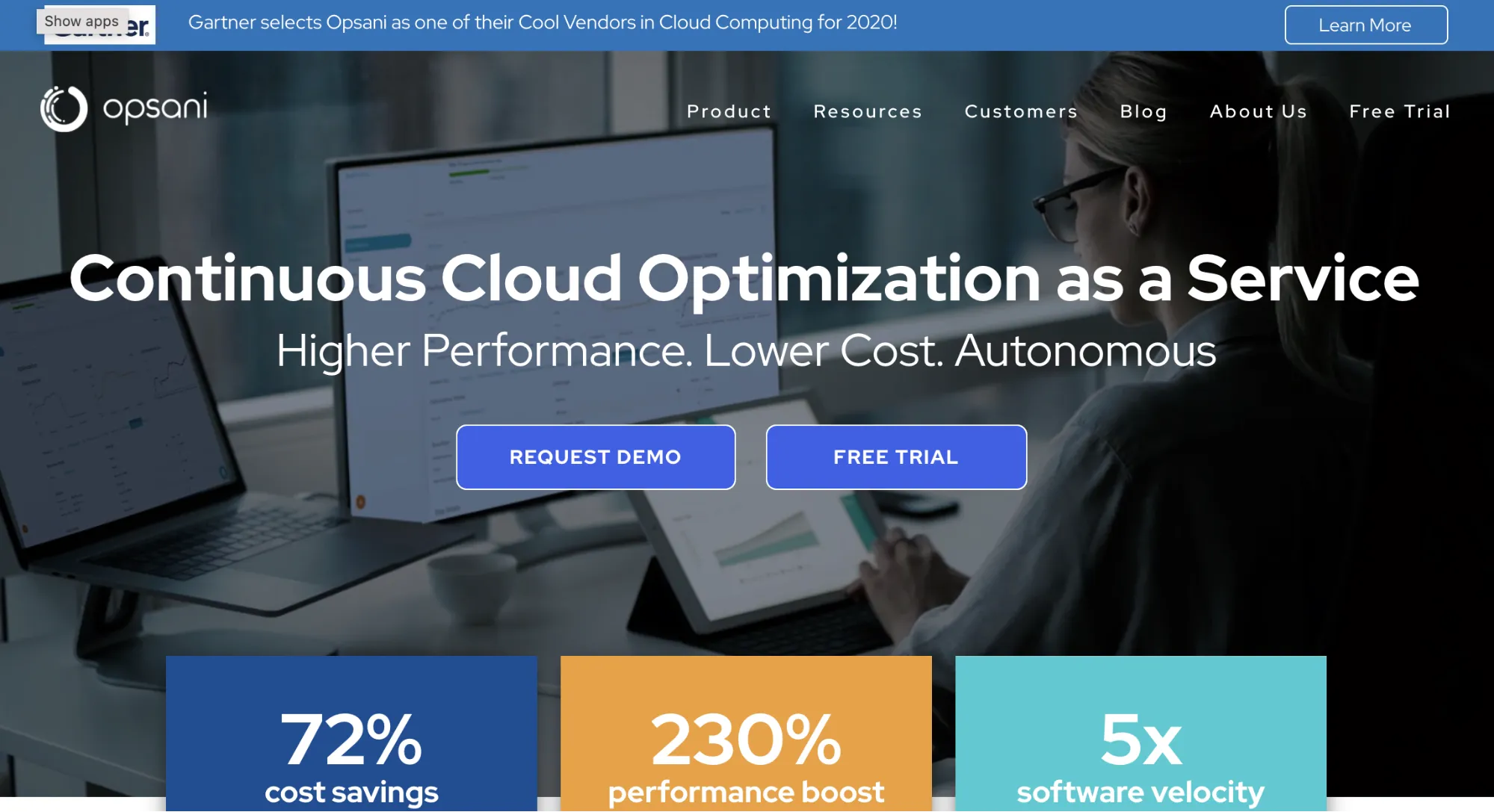
Opsani uses machine learning algorithms to enhance workload tuning by reconfiguring apps for best performance and allocating resources dynamically in real-time. It continues to work despite infrastructure upgrades, load profile changes, and code releases.
It can integrate with one application. But you can also use it to boost the performance of your AWS infrastructure or applications across an entire service delivery platform.
8. Spot.io
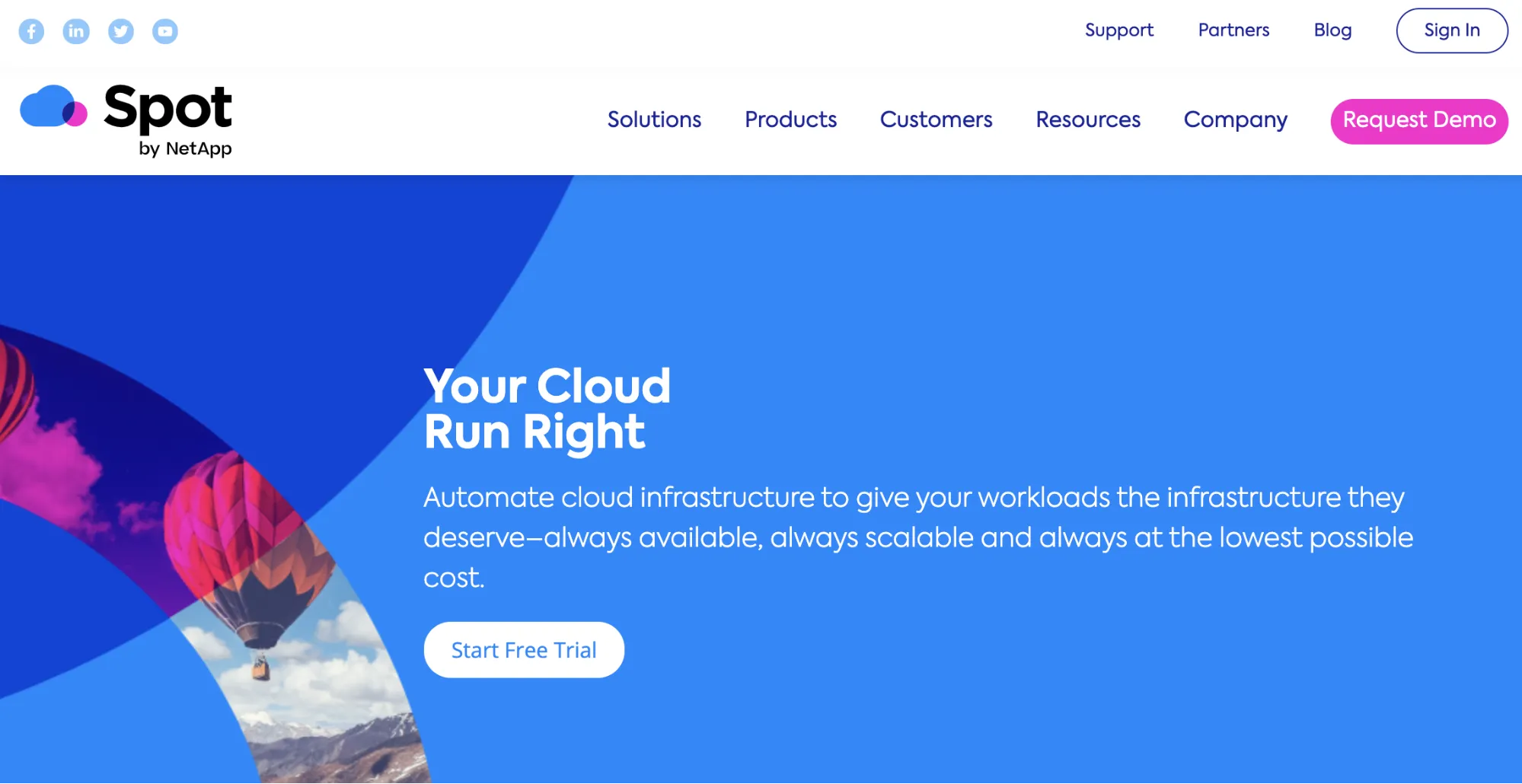
NetApp’s Spot uses machine learning and artificial intelligence to meet application needs. By preventing overprovisioning, Spot helps prevent cloud waste.
In AWS, Spot helps organizations of varying sizes to achieve this by automatically selecting the most efficient AWS pricing models and instances for the job. Using ElastiSearch, for example, companies can run mission-critical workloads on cheaper Spot Instances (versus costlier On-Demand Instances).
AWS Application Performance Management
Managing application performance (APM) enables companies to diagnose performance issues in productivity, revenue-generating apps, and other parts that impact user experience. Consider the following AWS APM platforms.
9. AppDynamics
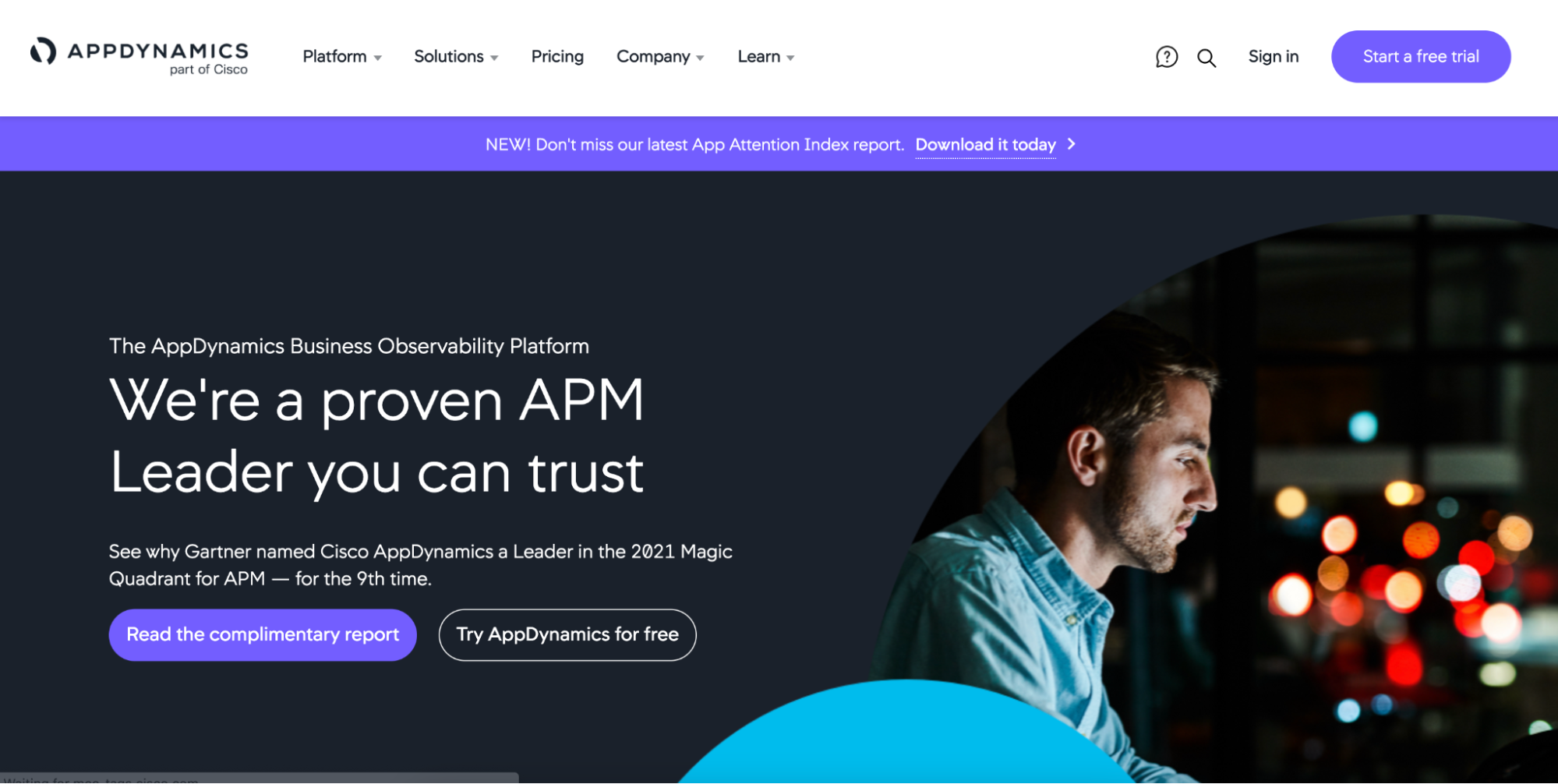
Cisco’s AppDynamics is a robust APM platform for AWS-based apps, including Docker and microservices. It integrates with AWS CloudWatch to support EC2, Lambda, S3, RDS, DynamoDB, and SQS.
You can track your app’s performance changes before, during, and after a migration, letting you compare the benefits of the migration. AppDynamics offers robust root cause analysis that can reveal application issues in minutes rather than hours.
10. DataDog
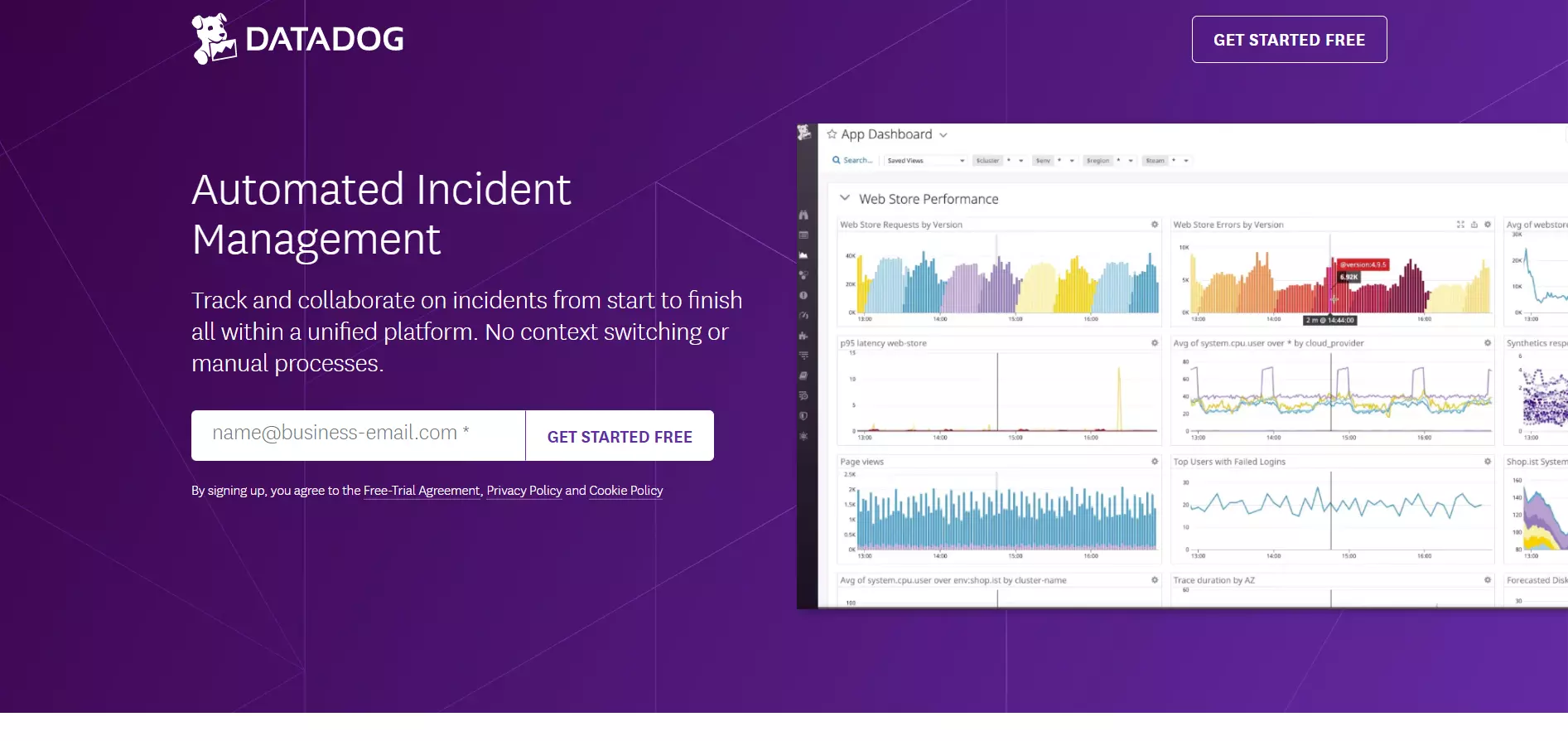
The tool offers several powerful features for AWS users — and anyone else who needs a single platform to aggregate their multicloud or hybrid cloud data. DataDog offers one-click access to data from over 70 Amazon Web Services.
No sampling is needed for complete distributed tracing. For more accurate root cause analysis, you can analyze all traces in real-time for the last 10 minutes. You can also automatically keep high latency traces and errors for up to 15 days.
Network Management On AWS
Managing network performance begins with identifying failing and slow components such as servers, routers, and switches. Network management uses those insights to design appropriate fixes to ensure continuous high performance. Some tools to consider here are:
11. Nagios Network Analyzer
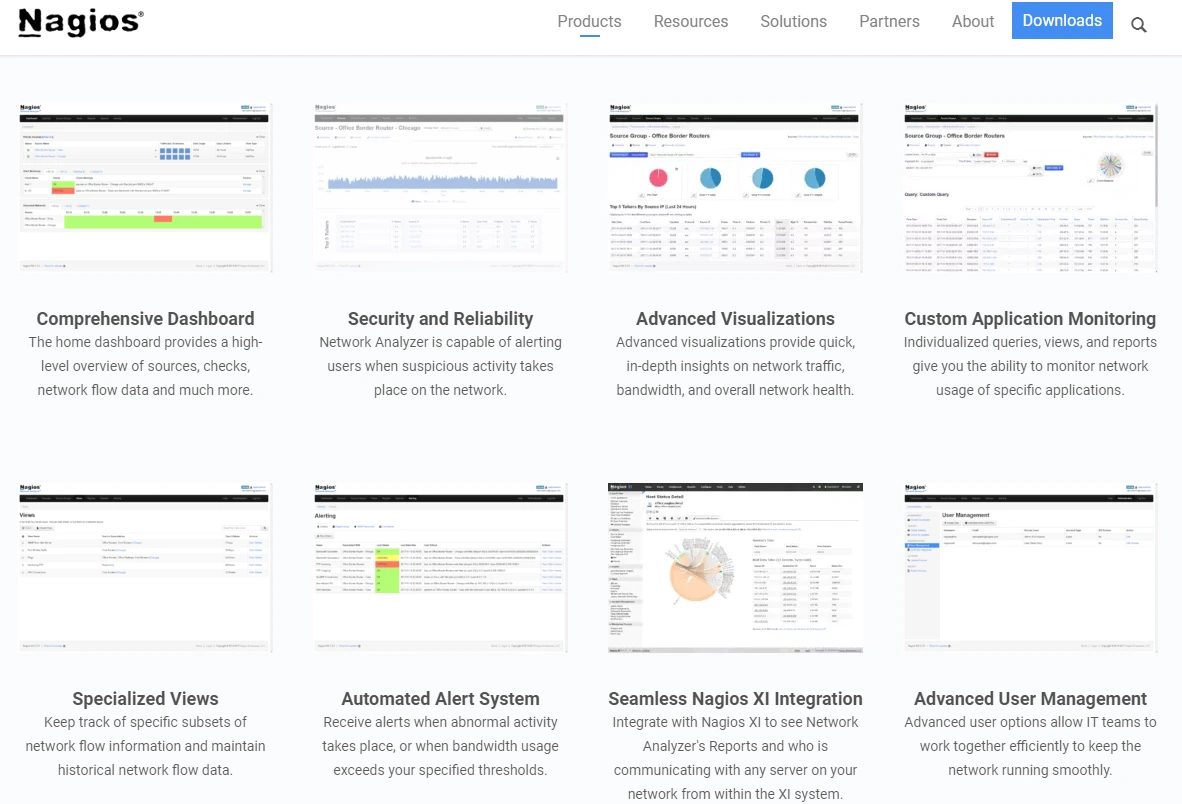
Nagios provides network monitoring and alerting capabilities for services, apps, switches, and servers.
Its in-depth, infrastructure-wide network analysis enables teams to detect problematic traffic sources, potential threats, and other network health insights in one place. Nagios also enables you to analyze bandwidth utilization based on various combinations, such as by IP or source.
12. Splunk
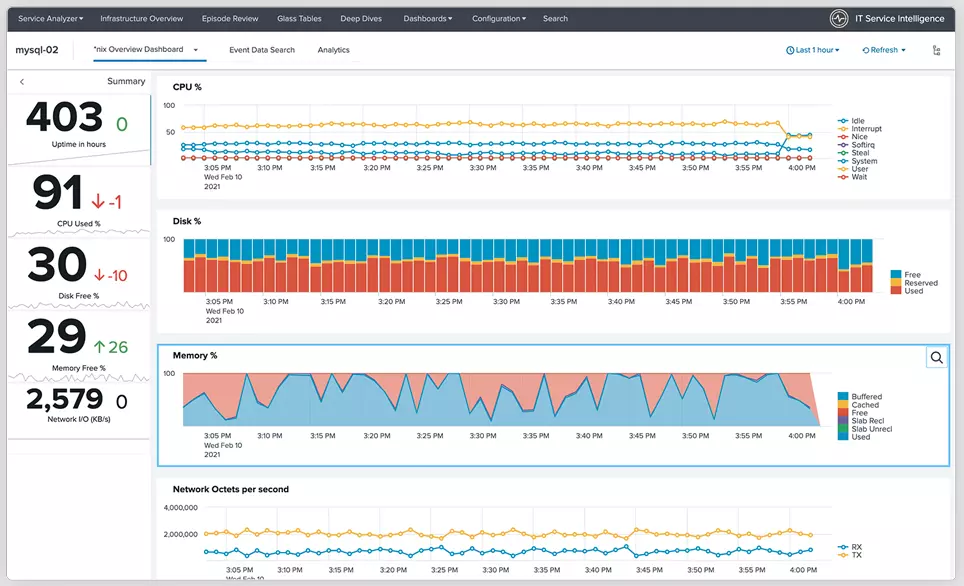
Splunk acquired FlowMill to enhance its cloud network performance and observability capabilities. The service is part of the company’s cloud observability suite and not an independent product.
Consider Splunk if you want network maps, real-time network performance metrics, root cause analyses, automatic discovery, scalability, and intelligent alerting on one platform.
Organize Cloud Spend More Intelligently
Amazon Web Services provides many cloud computing benefits to organizations of all sizes. Yet AWS can be a maze for many users who aren’t sure what to do to reduce complexity, overwhelm, and surprise AWS bills.
You can use these tools to detect, analyze, and manage various aspects of your AWS environment. Select the tool that best matches your workload and workflows to take advantage of the benefits the AWS public cloud offers.
CloudZero lets everyone from engineering and finance to finops keep track of cloud spend. Everyone receives the cost insights in their preferred cost language:
- Engineering: Cost per feature, deployment, or dev team so they can build innovative solutions without overspending.
- Finance and FinOps: Cost per customer and unit cost to help them set profitable pricing and allocate cloud costs accurately.
- FinOps: Cost anomaly alerts inform teams of abnormal cost trends via Slack, so you can prevent overspending as soon as possible.
- Executives: Understand COGS and unit cost economics to power strategic decisions.
- Investors: Share rich gross margins and profit data to attract investors into funding your growth.
 to see how CloudZero turns cloud metrics into meaningful cost intelligence for startups, scaleups, and enterprises.
to see how CloudZero turns cloud metrics into meaningful cost intelligence for startups, scaleups, and enterprises.

